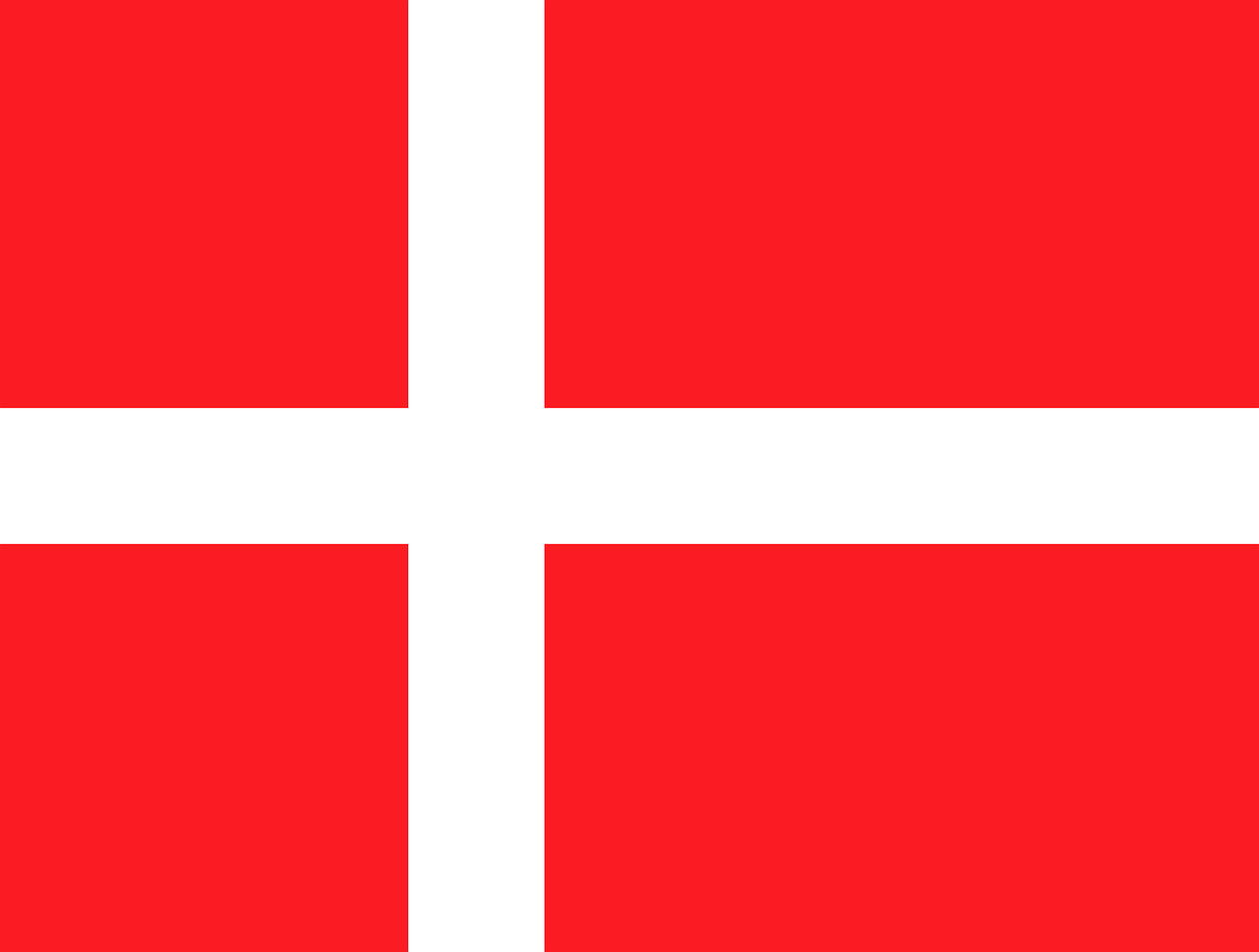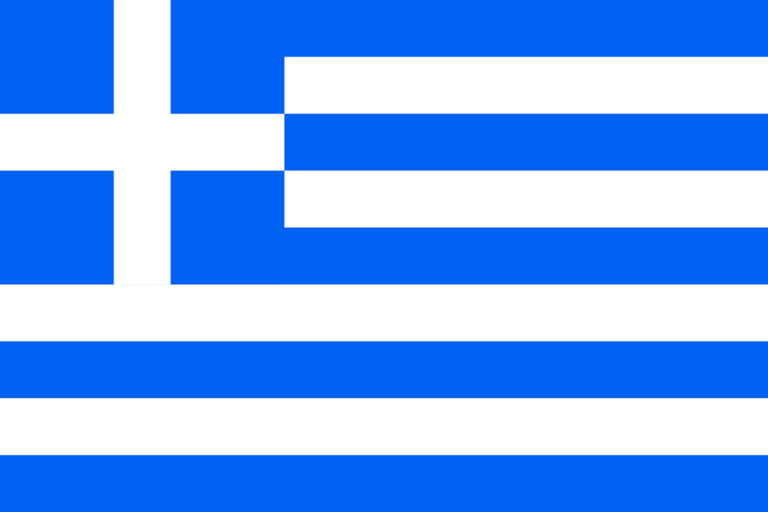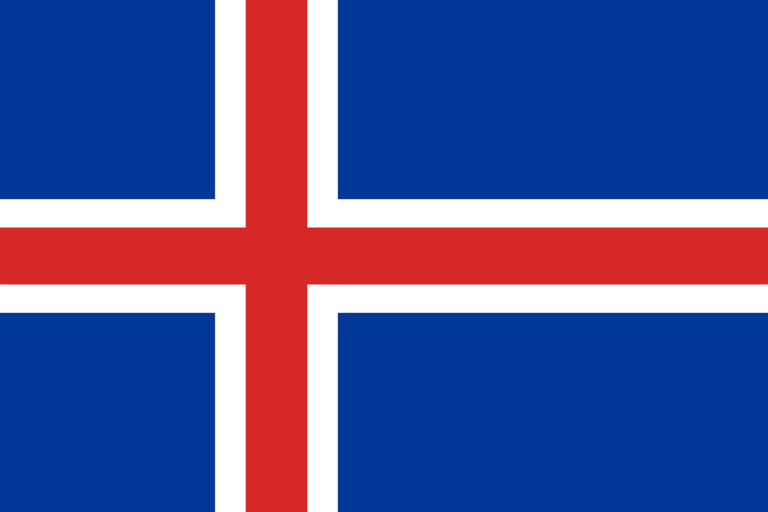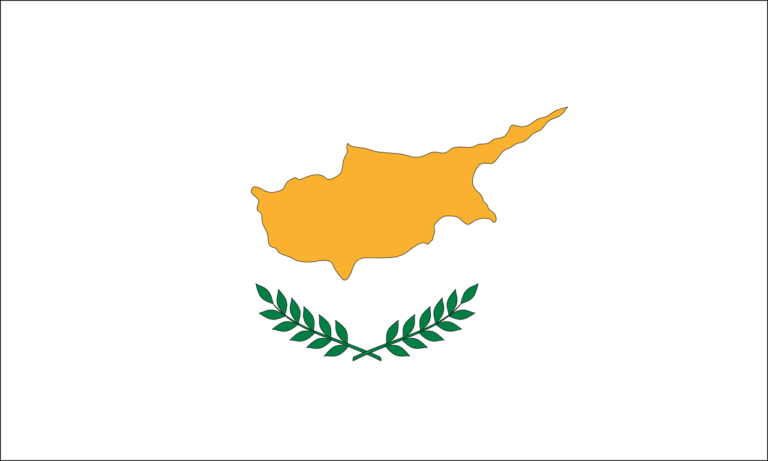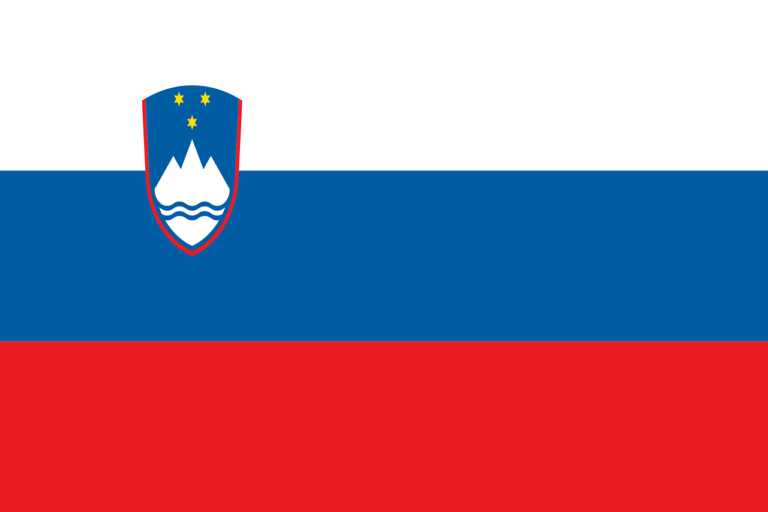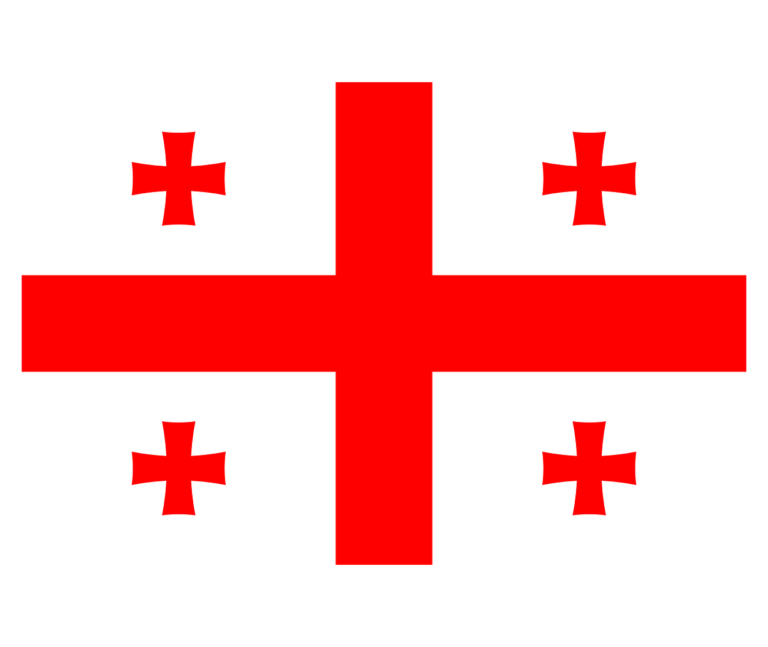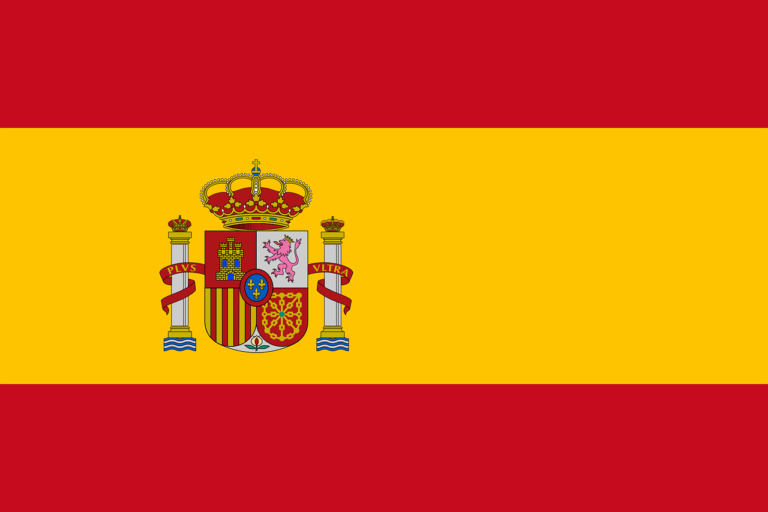Flags have the power to evoke a sense of national identity and unity, representing the history, values, and spirit of a nation. The national flag of Denmark, with its iconic design and rich symbolism, serves as a proud emblem of Danish heritage, cultural traditions, and national pride. In this blog post, we will explore the captivating story behind the Denmark national flag, examining its origins, symbolism, historical significance, and its enduring importance in Danish society.
Origins and Design:
The Denmark national flag, known as the “Dannebrog,” is one of the oldest continuously used national flags in the world. It features a simple design of a red field with a white Scandinavian cross that extends to the edges of the flag. The vertical part of the cross is positioned closer to the hoist side.
Symbolism and Meaning:
The Denmark national flag holds deep symbolism and historical significance for the Danish people. The red color represents courage, valor, and the noble ideals of the Danish nation. The white cross symbolizes Christianity, reflecting Denmark’s historical and cultural ties to the Christian faith. The design of the flag represents the unity and solidarity among the Danish people, fostering a sense of national pride and identity.
Historical Significance:
According to legend, the Denmark national flag, Dannebrog, fell from the sky during a battle in Estonia in the early 13th century. This event is believed to have signified divine intervention and has since been regarded as a symbol of Danish resilience and protection. The flag became officially recognized as the national flag of Denmark in 1625, and it continues to be a powerful symbol of Danish history, unity, and heritage.
Cultural and National Identity:
The Denmark national flag holds immense cultural and national significance for the Danish people. It is proudly displayed during national holidays, royal celebrations, sporting events, and other occasions of national importance. The flag symbolizes the shared values, principles, and democratic ideals that underpin Danish society. It fosters a sense of belonging and unity among the Danish population, strengthening their cultural identity and national pride.
International Recognition and Influence:
The Denmark national flag is recognized globally as a symbol of Danish culture, heritage, and democratic values. It proudly represents Denmark at international events, diplomatic missions, and sporting competitions, showcasing the country’s contributions to the global community. The flag’s design and symbolism have also influenced various artistic and cultural expressions, reflecting its impact and recognition beyond national borders.
The Denmark national flag, with its bold red field and white Scandinavian cross, stands as a powerful symbol of tradition, unity, and Danish pride. It embodies the courage, cultural heritage, and democratic values that define the Danish nation. The flag serves as a constant reminder of Denmark’s rich history, collective achievements, and shared aspirations for a prosperous future. As Denmark continues to progress, the national flag will remain a cherished emblem, representing the unity, resilience, and enduring spirit of the Danish people.
